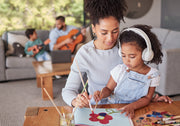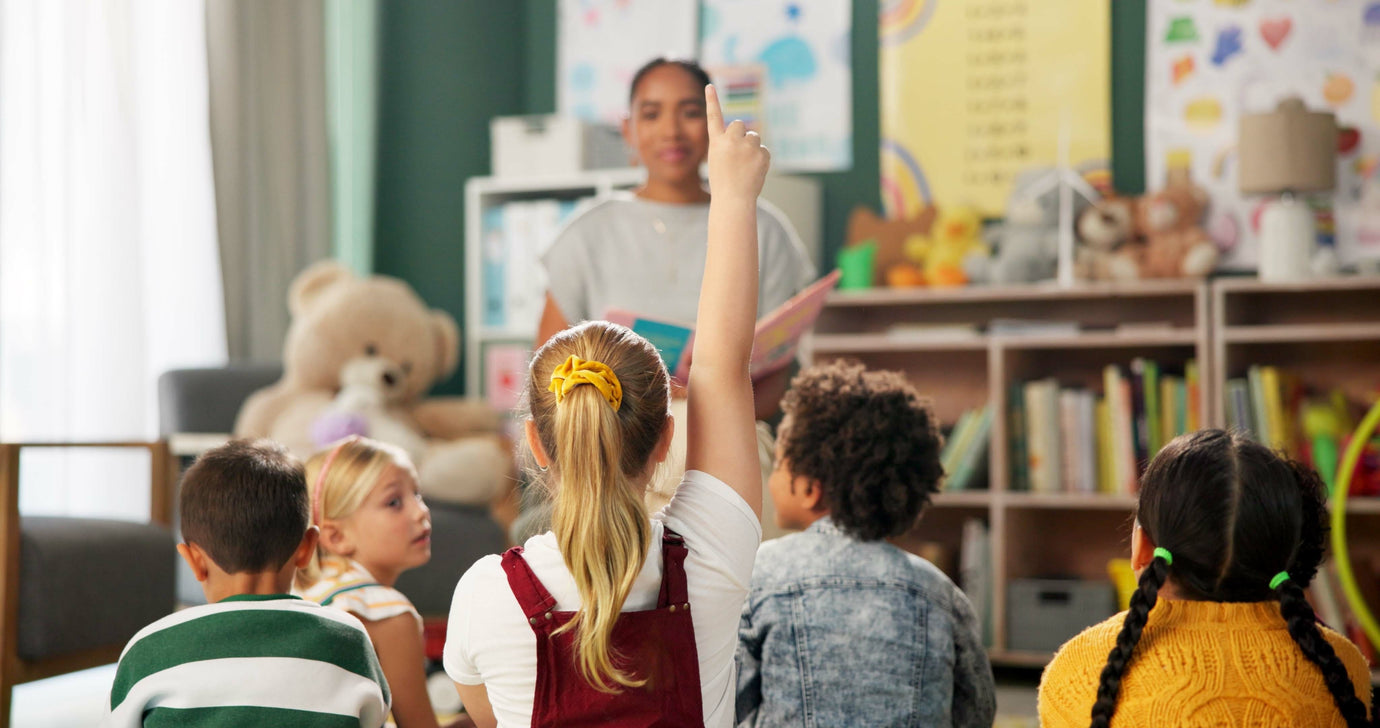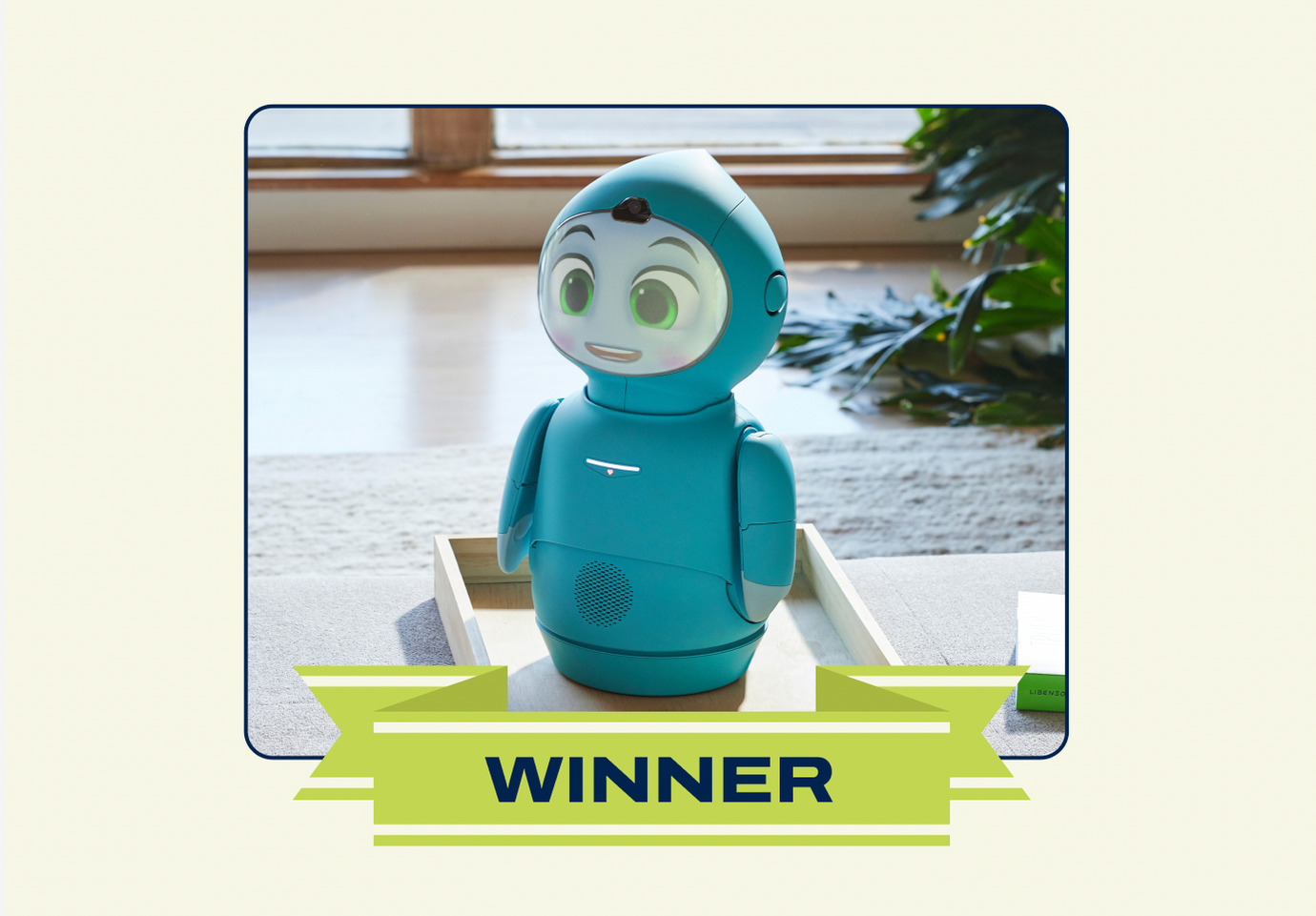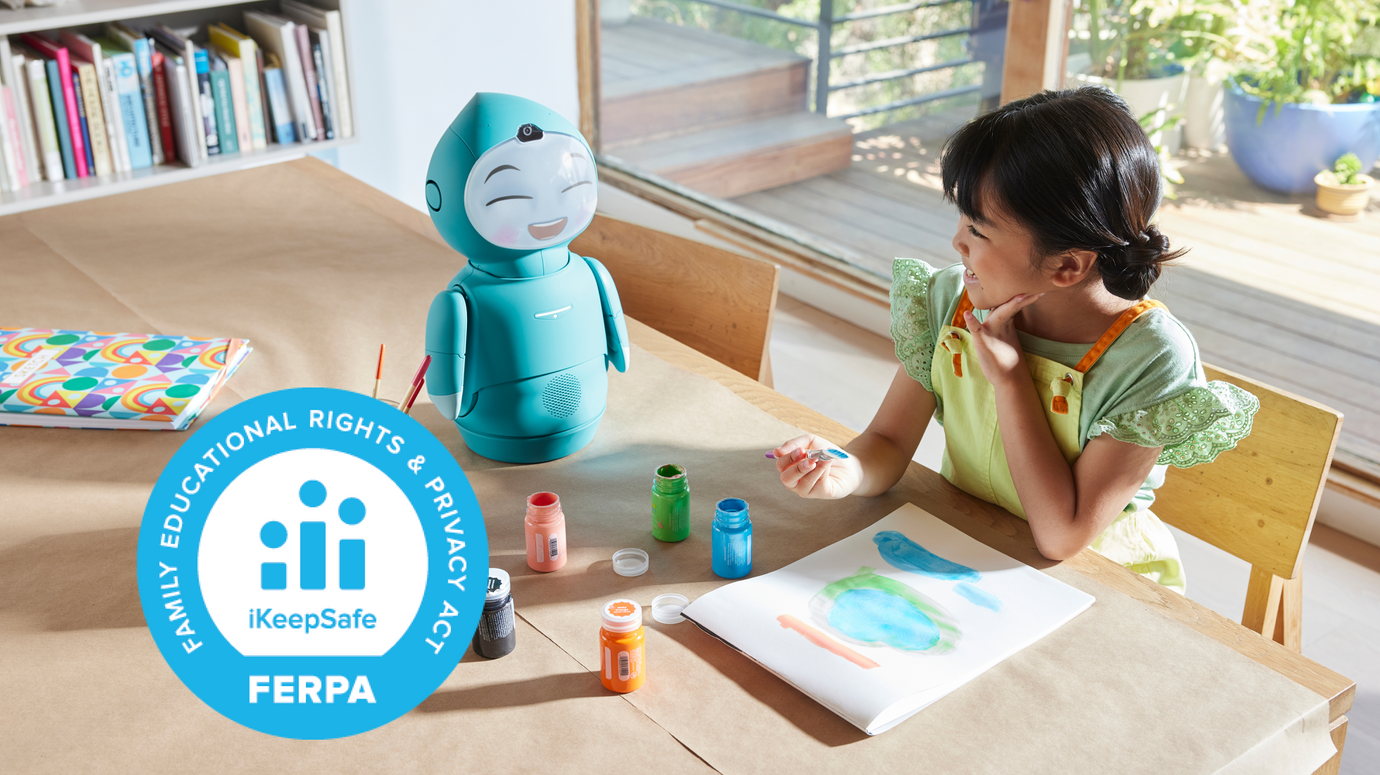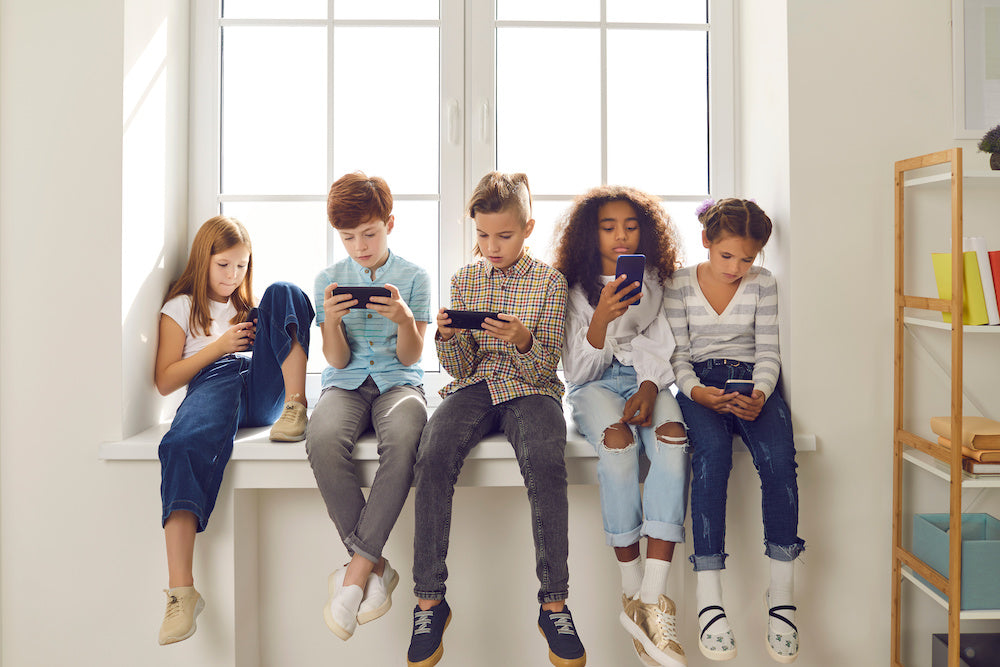Learning Through Play For Children
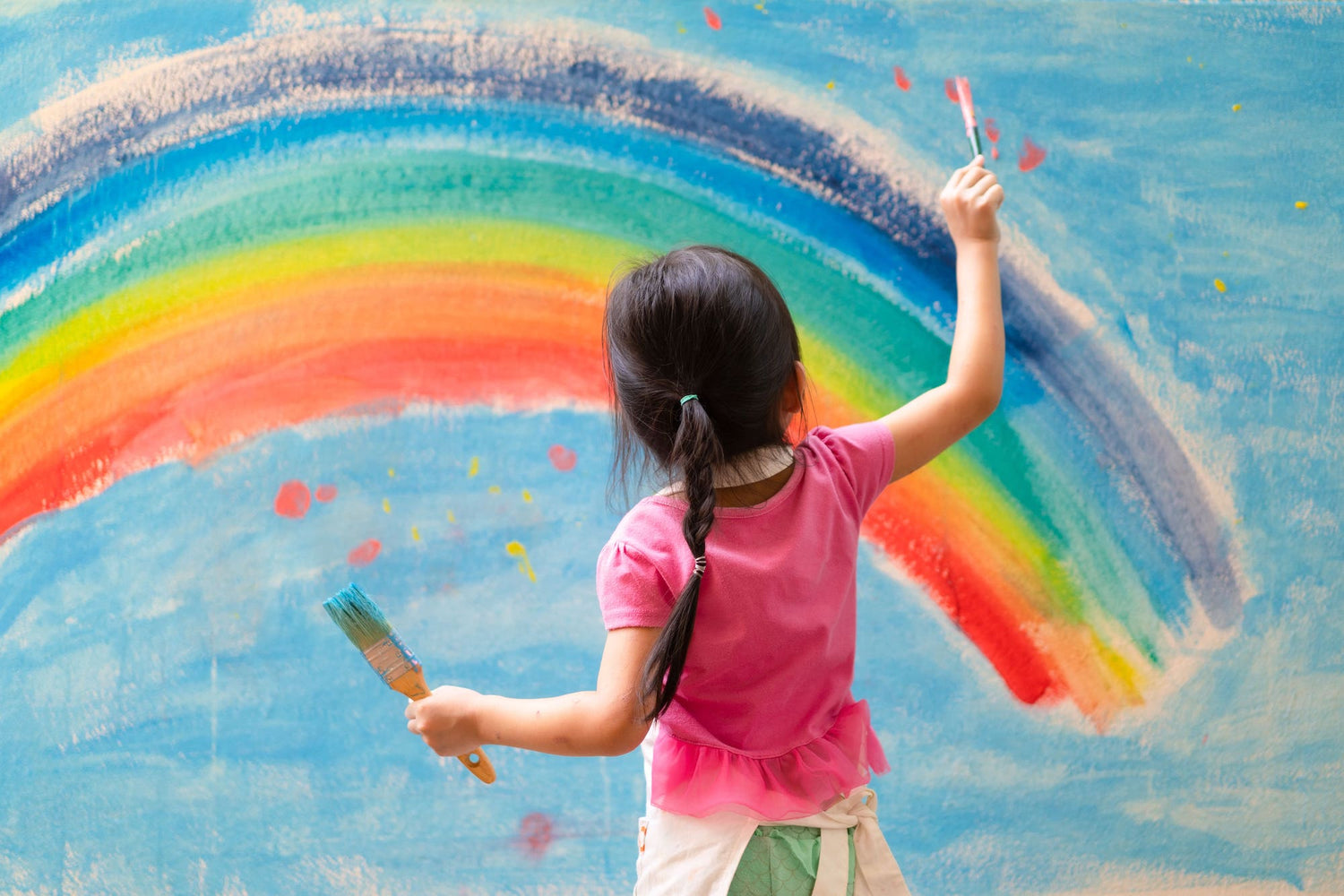
Play-Based Learning in School and at Home
Play is an absolutely fundamental part of childhood. So much so that The UN Convention on the Rights of the Child states the right to play as a basic, universal human right. For good reason too. Not only is it fun and joyful, but there’s also lots of learning that happens as a natural byproduct of play. Learning, including the kind of specific, academic learning that happens in schools, can even be an explicit goal of play. That is, we can use play to make learning a fun, accessible, and even more valuable experience for kids.
Play-Based Learning in the Classroom
The idea of appreciating play as a basis for learning is nothing new. Even philosophers and theorists from the 1700’s such as Jean-Jacques Rousseau and Friedrich Fröbel wrote about the importance of play for learning the fundamentals of life2. What’s recent is the labeling, categorizing, and systematic study of the benefits of learning through play. Today the idea is called play-based learning and is loosely defined as…wait for it…learning while playing.
But what does learning while playing actually look like? Many teachers and researchers today think about play-based learning as being on a spectrum. At one end, there’s child directed play and at the other there’s direct teacher instruction.
Learning Through Play: Different Play-Based Curriculum
Child-Directed Play
Child directed play, or free play, is exactly what it sounds like. Kids take the lead and are free to do what interests them. When given the time and space, younger kids may easily create rich pretend play scenarios whereas older kids may take it upon themselves to organize a sports game in the yard at recess. The teacher’s role is mostly to observe while kids construct their own experiences.
Teacher-Directed Play
Teacher-directed play looks more like traditional classroom learning. That is, teachers are in the lead, carefully and purposefully constructing the whole experience. Think of a board game adjusted to incorporate and teach math concepts, for example. Kids work on math skills through game play, but the rules are set and kids are expected to interact with each other, the materials, and the math concepts, in a prescribed way.
Guided Play
Right in the middle of the spectrum there’s something called guided play, which in general refers to “playful educational activities which, although gently steered by an adult, give children the freedom to explore a learning goal in their own way.” For example, in the classroom, guided play can look like center based learning, where kids move about the classroom engaging in different activities. The teacher moves about as well, intervening at particular times to help, expand, explain, or redirect when necessary. Or, guided play can be a teacher noticing kids showing particular interest in a topic and using that as a springboard for the teacher and kids to design a project together around that topic.
With its high interest activities, play-based learning is certainly appealing for kids. And research suggests that play-based learning may also have lots of learning benefits. Those benefits are seen for academic topics such as literacy and math, life skills such as social development, and general learning such as cognitive skills development.4
"In the primary grades, play opportunities enhance children's mastery of academic concepts and build motivation to learn." UNICEF
Play-Based Learning at Home
The good news is that this approach to learning can inspire what kids do when they’re at home too. Kids’ activities don’t have to – and shouldn’t! – always be geared to a specific learning goal. Free play, downtime, and simply letting kids get bored, are all essential parts of learning and development. But, caregivers can sometimes make choices to gently nudge kids towards making connections or creating experiences that will help them develop specific skills.
Play and Learn: Emphasizing Fun and Autonomy Outside the Classroom
The first and most important thing to remember about play-based learning at home is the play part. It’s supposed to be fun - kids are supposed to enjoy what they’re doing! If they don’t, it’s not play-based learning anymore.
The second part to remember is to let kids take the lead. You can help create opportunities, but the kids should be in charge – or at least in partnership. You can put out some pretend play props and let kids go wild. Or you can mimic guided play by setting the stage even more. Create opportunities, take out craft materials, props, suggest projects. Even better, suggest a few ideas so that kids can make a choice. But if your kid is dead set on not creating that solar system out of playdough that you had your heart set on, you gotta let it go!
Finally, related to the previous point, the third thing is to be super mindful of what your role is. Again, it’s their show, so let them lead. That said, you can be there to point out connections or solutions that they may not have discovered on their own. You can suggest different ways to use toys or materials (though be ready to have them be more creative than you are!). But remember that your role isn’t to be in charge, rather it’s to help guide them towards a deeper understanding of what they’re doing and discovering.
Final Thoughts on Play-Based Learning in Schools, Daycare and Home Settings
In closing, the research is in and the news is good! Learning doesn’t have to be boring or serious. Kids already naturally learn a great deal about themselves, others, and the world through play. But wait there’s more! There are also many ways to harness kids’ natural interest in play and gently guide it towards learning specific content. Watch out for the ways your kids are engaging in play-based learning at school. And, if you want to encourage your kids to develop specific skills, you can create play-based learning opportunities at home too.


